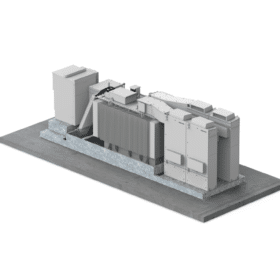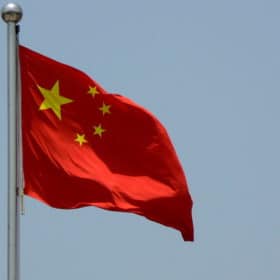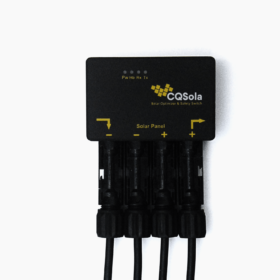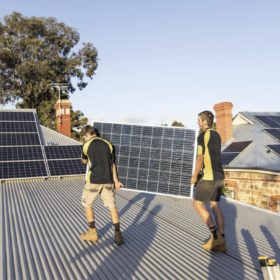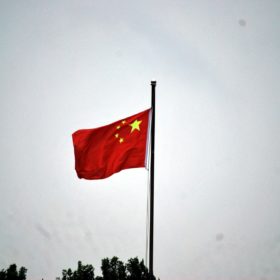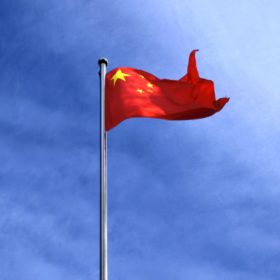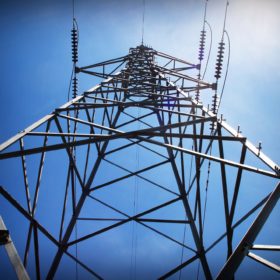Ingeteam unveils power station for string inverters
The Ingecon Sun String Station reaches 6.4 MW of medium voltage output and is supplied as a “turnkey” solution. It was already installed in solar plants located in Toledo and Huesca.
Chinese PV Industry Brief: Xinte seeks to raise $309 million for 100,000-ton polysilicon factory
Furthermore, Luoyang Glass reported first-quarter net profits of RMB136 million (US$21 million) and TBEA Xinjiang New Energy announced the settlement of a dispute over a 99 MW wind farm.
SolarEdge posts first-quarter results
The manufacturer says it shipped 1.69 GW of its inverters in the first three months of the year and predicted a further quarter-on-quarter rise in revenue from the current window.
Power controller to connect solar to terminals of electrolyzers
An Australian innovation, the unassuming-looking CQSola power controller has under-the-hood smarts that could significantly cut the cost of hydrogen produced using solar energy.
Chinese PV Industry Brief: More polysilicon and glass deals, new wafer capacity comes online
JA Solar has agreed to buy 75,000 MT of polysilicon from Qinghai-based Asia Silicon (Qinghai) Co., Ltd., and Longi will buy 250 million square meters of PV glass from US-based Chinese manufacturer Deli Glass. Huantai Group commissioned another furnace at its 12 GW wafer factory in Inner Mongolia.
Australian solar installer receives unexpected response from customers after switching exclusively to microinverters
Solar installer Jake Warner has received surprising feedback from his customers after he chose to transition his company, Penrith Solar, exclusively to microinverters two months ago. “What I found is actually the opposite to what I expected,” Warner told pv magazine Australia
Chinese PV Industry Brief: First quarter brought 5.5 GW of new solar, Zhonghuan Semiconductor acquires stake in Maxeon
Solar demand grew around 40%, year-on-year, during the first three months of 2021 and wafer producer Zhonghuan Semiconductor has raised its holding in Singaporean solar manufacturer Maxeon to become its second-largest shareholder after Total.
No bifacial solar in West Africa? That’s likely to change soon
A technology-focused event held by the Africa Solar Industry Association has heard development pipelines across the continent are swiftly changing to accommodate double-sided PV panels, and that’s good news for solar tracker providers too.
Chinese PV Industry Brief: Xinte wants to increase polysilicon capacity to 100,000 metric tons
Xinte unveiled a $197 million plan to raise its polysilicon production capacity to 100,000 metric tons per year in Xinjiang. Longi signed a strategic cooperation agreement with oil and gas giant Sinopec to jointly develop hydrogen and renewable energies.
Solar power has to be about quality as well as quantity
Greater dispatchability will be required from solar as it becomes increasingly mainstream worldwide, or investors could experience diminishing returns as a victim of the technology’s success at bearing down on electricity prices.
